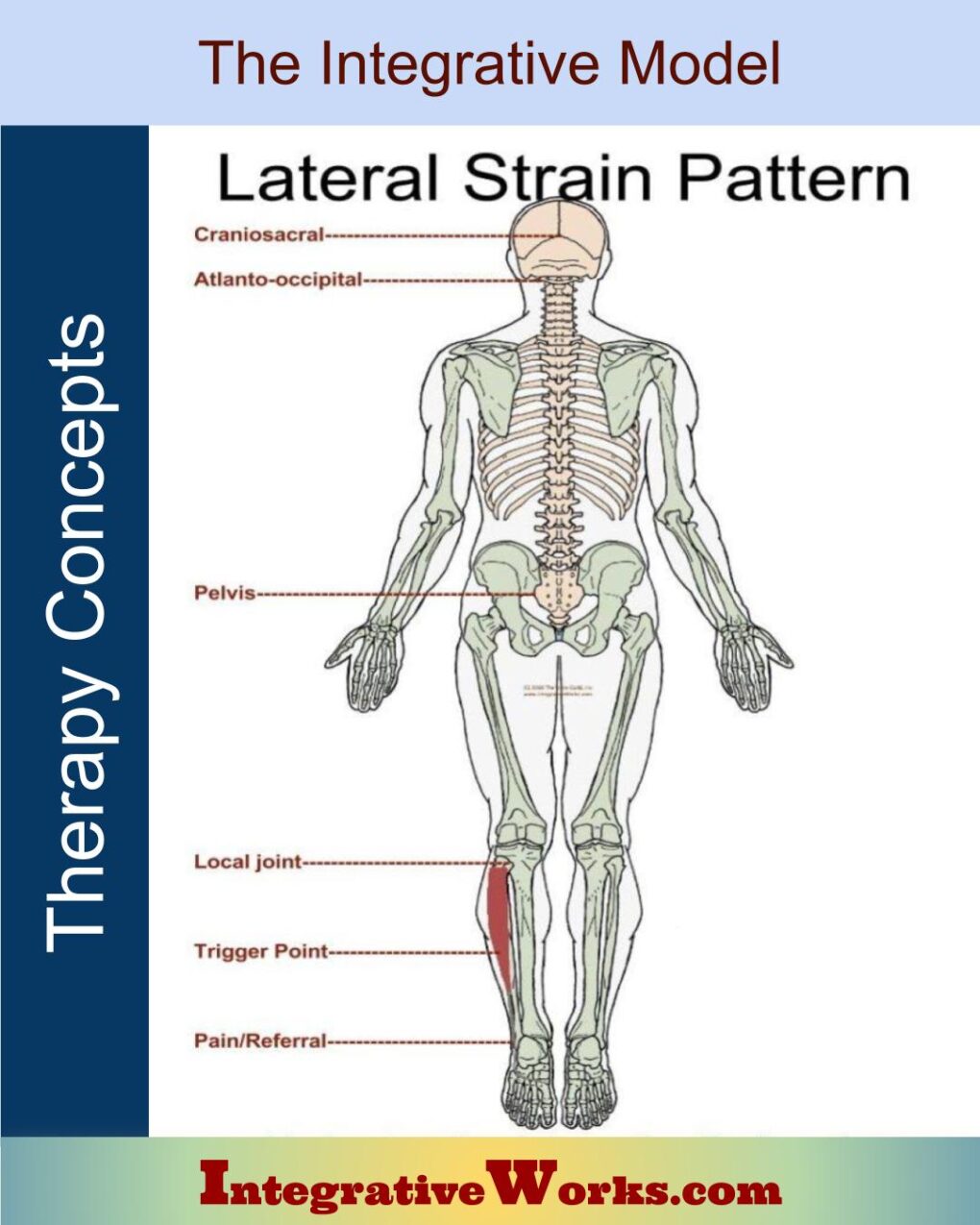Craniosacral – The Collection
This collection contains posts that are primarily about craniosacral concepts, techniques, and cases.
Cranial and craniosacral techniques have a rich history of development. However, persistent skepticism and opposition during its evolution have had an impact. As a result, several major and many less prevalent approaches to craniosacral have evolved. Each has its loyal practitioners. And, many of them claim that their particular approach to craniosacral is the most real, most effective, and most appropriate. Let’s explore.
About Approaches
It is worth noting that practitioners often view an approach as good or bad because of the principles that underlie the approach. For example, some methods focus on working through the cycle, whereas others are not. On the other hand, some methods focus on physically fixing the structures. Still, others work through intention and energy. Another dividing point is whether the approach uses direct technique or indirect technique. Some depend on an intuitive and palpatory evaluation, while others employ tests for each release.
My Experience
I am not one of those who divisively embraces one technique. Instead, I appreciate and employ several different approaches. There are various reasons why. But, within any given session, the combination I use will depend on the client’s case and interests. Don’t get me wrong. I have one method that is my most reliable tool. It blends well with bodywork and other techniques. However, I readily employ those different approaches when they are the better tool for the job.
At the end of each post that describes a craniosacral model, I write about my experience with that model and some instances where I employ it.

